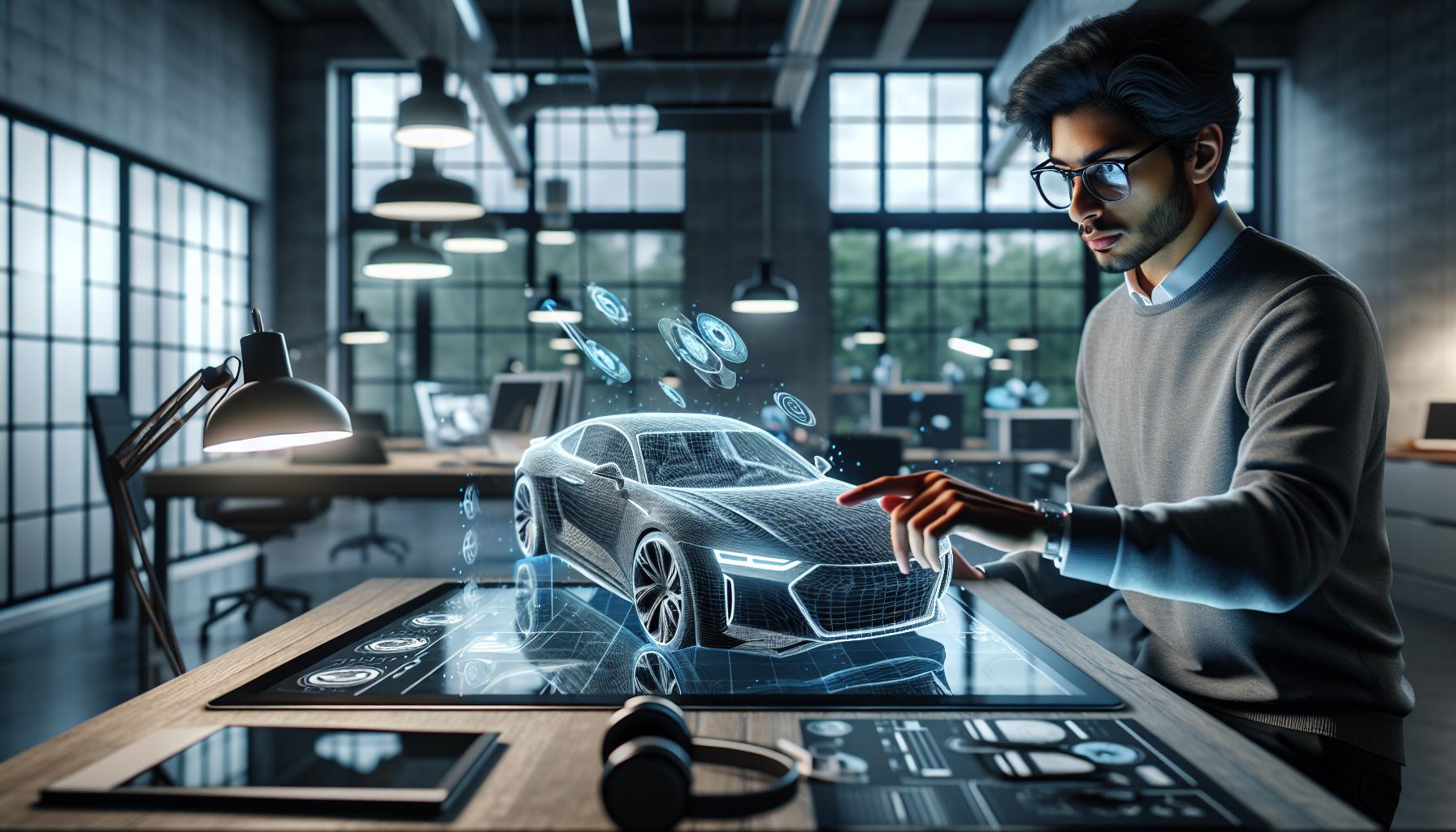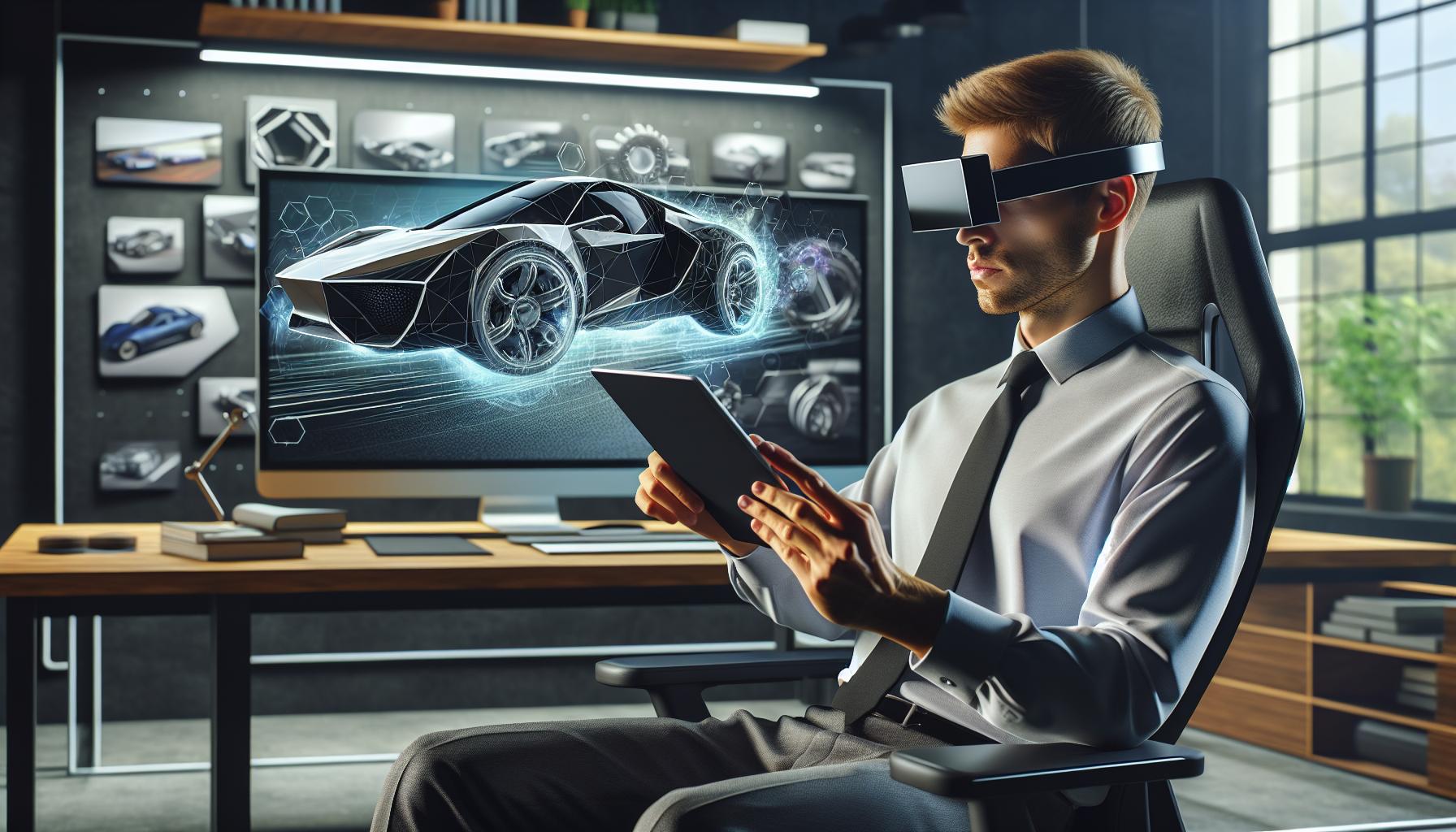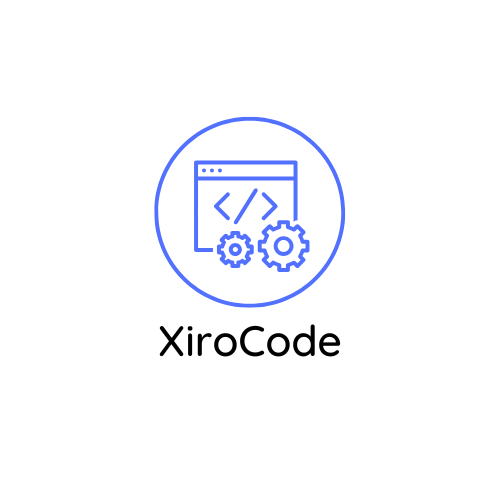Imagine cruising down the virtual streets, your very own drivable car whizzing through augmented reality. Sounds like a scene from a sci-fi movie, right? Well, it’s not just a dream anymore. With LinkedIn’s ARKit and Unity, anyone can become a digital mechanic, transforming pixels into a slick ride that can actually move.
Watch Linkedin Arkit and Unity: Build a Drivable Car in Augmented Reality
Augmented reality (AR) blends digital content with the real world, enhancing user experiences through interactive elements. AR technology employs devices such as smartphones and AR glasses to layer digital objects onto physical environments. Users can engage with these objects as if they exist in reality.
Applications of AR span various industries, including gaming, education, and marketing. In gaming, AR transforms how players interact with their surroundings, offering more immersive experiences. Education utilizes AR to visualize complex concepts, making learning interactive and engaging. Marketing benefits from AR by allowing consumers to interact with products before purchase.
ARKit and Unity serve as powerful tools for developing AR experiences. ARKit, developed by Apple, provides advanced functionalities like motion tracking and environmental understanding. Unity complements ARKit with its user-friendly interface and extensive library of 3D assets, enabling creators to design detailed AR applications.
Creating a drivable car in augmented reality exemplifies AR’s potential. Developers can model vehicles and simulate realistic driving experiences. Users interact with digital cars as they navigate their environments, bridging the gap between virtual and physical realms. This interaction showcases how AR fosters creativity and innovation.
AR continues to evolve, offering new possibilities for entertainment and functional applications. As technology advances, the integration of AR into daily life becomes increasingly prevalent. Developers and users alike harness the capabilities of AR to bring imaginative ideas to fruition.
Introduction to ARKit and Unity

ARKit and Unity play crucial roles in developing augmented reality experiences, especially when creating drivable cars in virtual worlds. Their integration allows developers to push the boundaries of interactivity and creativity.
Features of ARKit
ARKit offers advanced features that enhance the AR experience. It provides motion tracking, which accurately identifies and tracks device movement in real time. Users benefit from environmental understanding, allowing digital objects to interact seamlessly with the physical world. It supports light estimation, creating realistic lighting effects on virtual objects. Additionally, ARKit includes the ability to recognize images and surfaces, enabling more dynamic interactions. Developing experiences becomes accessible due to its compatibility with various iOS devices.
Features of Unity
Unity serves as a versatile platform for building engaging AR applications. Developers can utilize a comprehensive toolkit that simplifies the design of 3D models and environments. It features a robust editor, facilitating real-time collaboration and immediate feedback. The engine supports cross-platform development, allowing projects to reach a broader audience across multiple devices. Unity’s extensive asset store provides resources, including textures and animations, speeding up the development process. Integrating with ARKit enhances the capabilities further, creating immersive and interactive experiences for users.
Building a Drivable Car

Creating a drivable car in augmented reality involves a few essential steps. These steps ensure a seamless integration of the vehicle into the virtual environment.
Setting Up the Project
Begin by opening Unity and creating a new project. Choose the 3D template for optimal performance. Activate ARKit in the project settings, enabling AR functionalities. Import the ARKit and Unity packages to access their tools. Configure the build settings to support iOS or Android, depending on the target device. Establish your scene by adding an AR Session and an AR Session Origin. These components are fundamental for enabling AR interactions and placing objects in the real world. The setup prepares the project for a smooth development process, aligning the necessary technologies for augmented reality.
Designing the Car Model
Designing the car model requires a 3D modeling software like Blender or Maya. Start with basic shapes to create the body and components of the car. Ensure that the proportions are realistic to enhance the AR experience. Export the finished model in a compatible format, such as FBX or OBJ. Import the model into Unity, where it can be manipulated and textured. Apply materials and colors to bring the car to life, focusing on details that improve visual appeal. Achieving a high-quality model enhances user immersion, allowing the augmented reality vehicle to stand out in its environment.
Implementing Drivability

Creating a drivable car in augmented reality involves intricate details that enhance the user experience. Two critical aspects emerge: physics and controls, along with user interface considerations.
Physics and Controls
Developers implement physics to simulate realistic car behavior. Unity’s physics engine offers tools for motion dynamics, enabling acceleration and braking functionalities. Accurately configuring these parameters leads to a more authentic driving experience. The inclusion of gravity and friction gives users a sense of realism when interacting with the vehicle. Settings for steering sensitivity contribute to precise control, allowing users to maneuver the car smoothly. This attention to detail ensures that digital cars respond accurately to user input, enhancing engagement.
User Interface Considerations
User interface design plays a pivotal role in the overall experience. Intuitive controls should be easily accessible during interaction. Implementing on-screen buttons for acceleration and braking promotes clarity for users. A minimalistic layout prevents distractions, allowing users to focus on driving. Integrating visual feedback, such as speed indicators, further enriches the user experience. Designers should prioritize the layout with ergonomic considerations in mind to ensure comfort during extended use. Streamlined navigation fosters a seamless interaction between the user and the augmented reality environment.
Testing and Optimization
Testing and optimization play crucial roles in refining the augmented reality (AR) experience of a drivable car. It’s essential to conduct thorough testing to identify and resolve any issues affecting performance or user engagement. By utilizing Unity’s built-in testing tools, developers can simulate different environments and driving conditions, ensuring the vehicle operates smoothly under various scenarios.
Collecting user feedback offers valuable insights into the AR application’s usability and functionality. Implementing surveys or direct user interviews can gather essential data regarding user experience. Additionally, observing how users interact with the model highlights areas needing improvement, such as control responsiveness or visual fidelity.
Optimization techniques are vital for enhancing performance on mobile devices. Reducing polygon counts for 3D models significantly lowers the processing requirements. Adjusting texture sizes, while maintaining quality, further improves loading times. It’s also beneficial to utilize Unity’s Profiler, which identifies performance bottlenecks during testing.
Refining the physics settings in Unity contributes to better handling of the vehicle. Adjusting parameters like friction and mass ensures the car behaves realistically in different environments and conditions. Furthermore, optimizing scripts can reduce lag and enhance overall responsiveness during interactive sessions.
Integrating analytics tools helps in monitoring how users experience the application. Continuous tracking of user interactions reveals patterns that dictate necessary adjustments or features. By staying engaged with users post-launch, developers foster long-term relationships, allowing for ongoing refinements based on real-world interactions.
Testing and optimization are ongoing processes. With technology continuously evolving, periodically reassessing the application ensures it remains relevant and engaging. Following best practices promotes a smooth and enjoyable AR experience for users driving their virtual cars.

